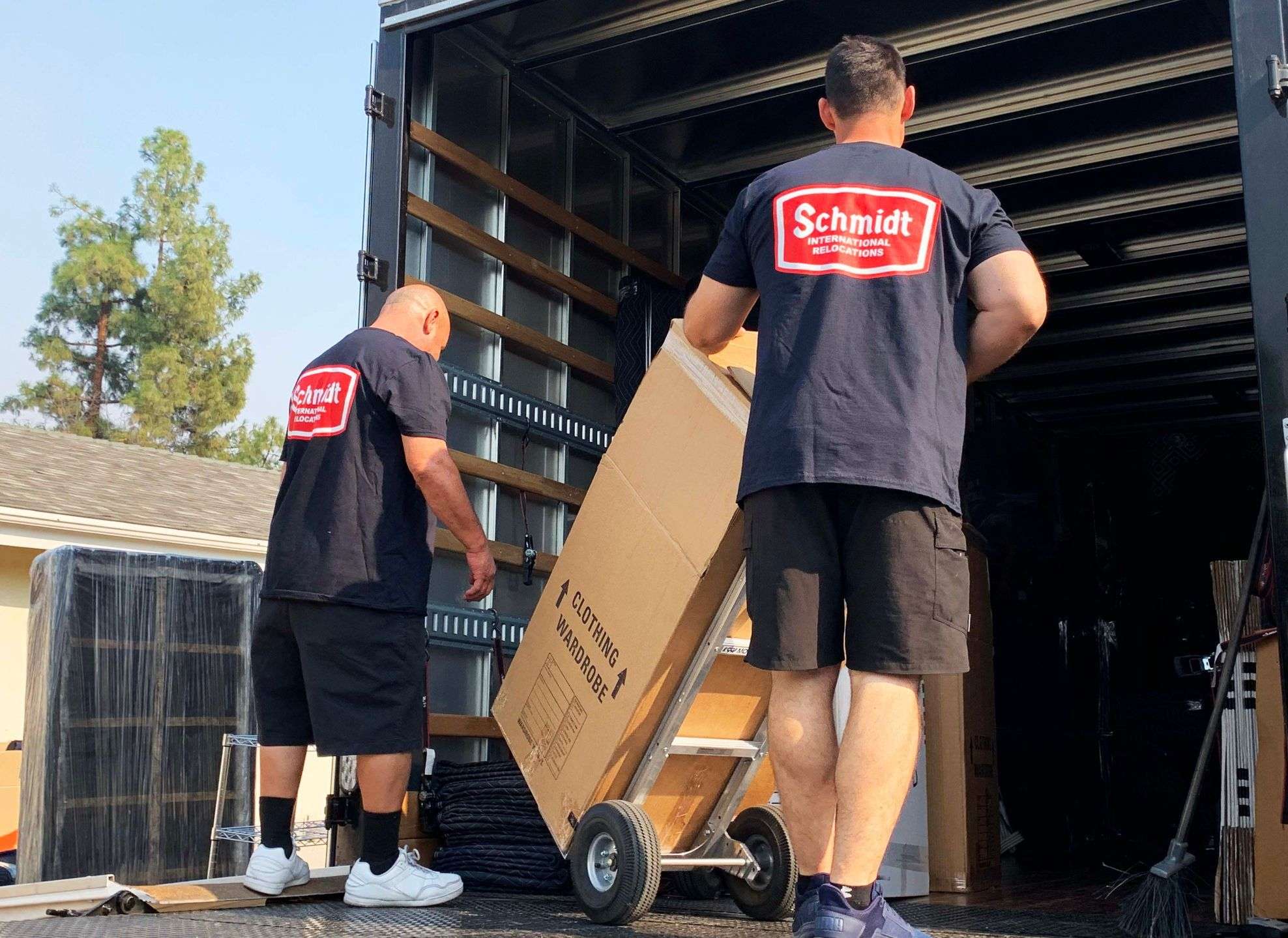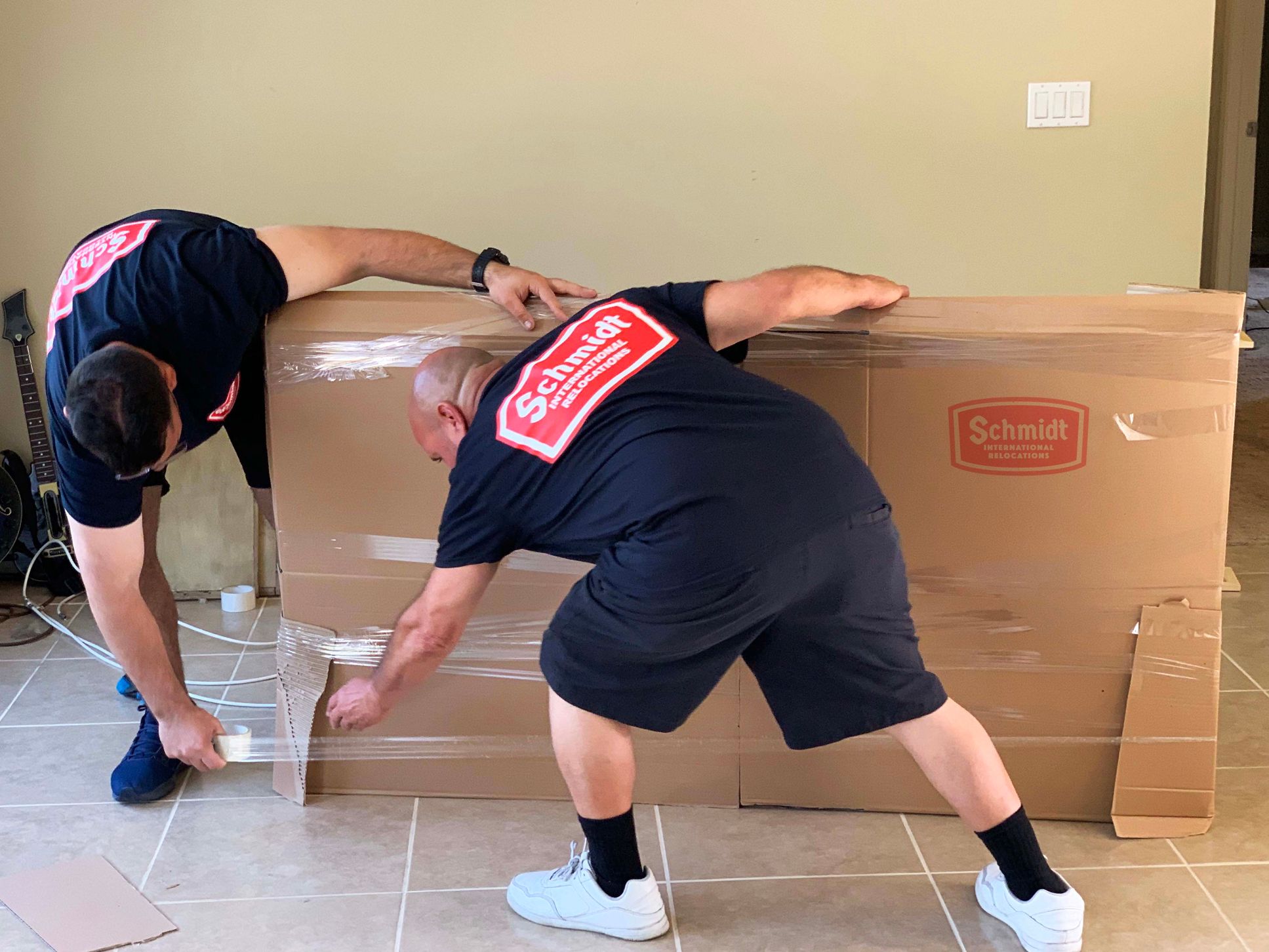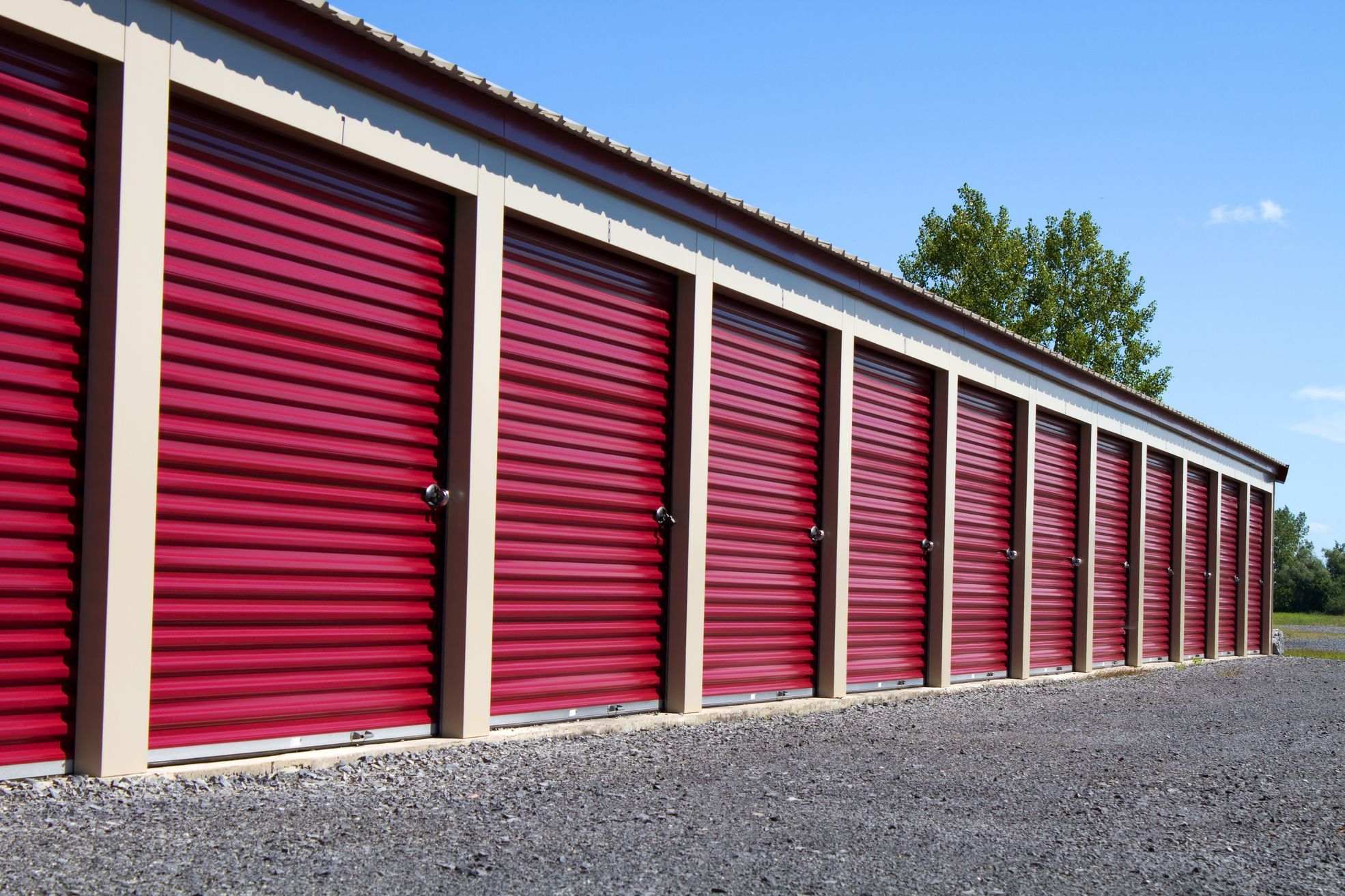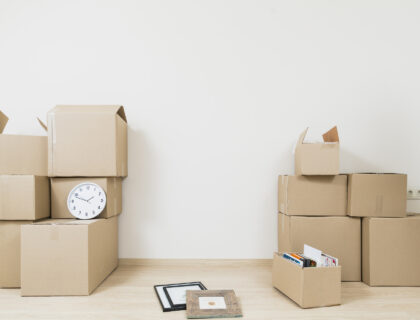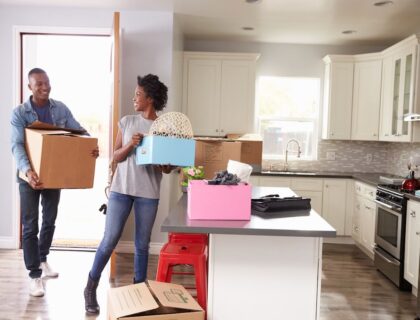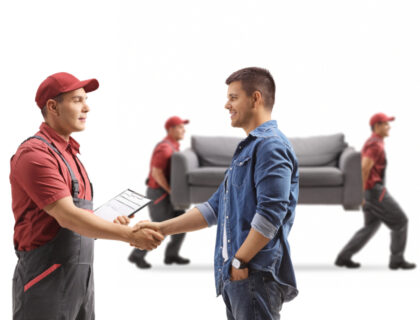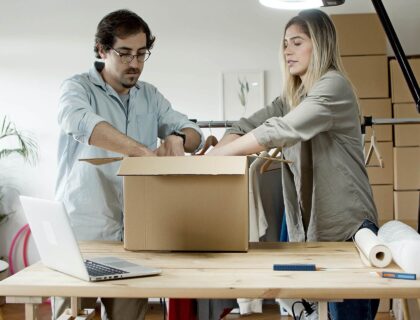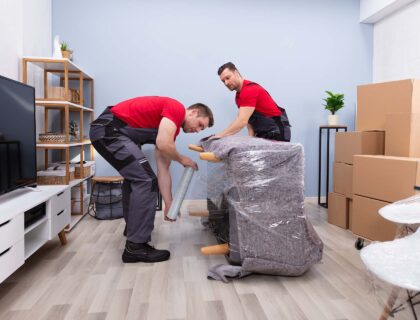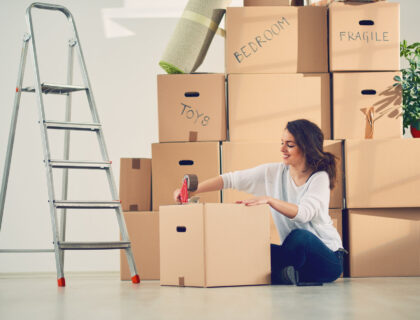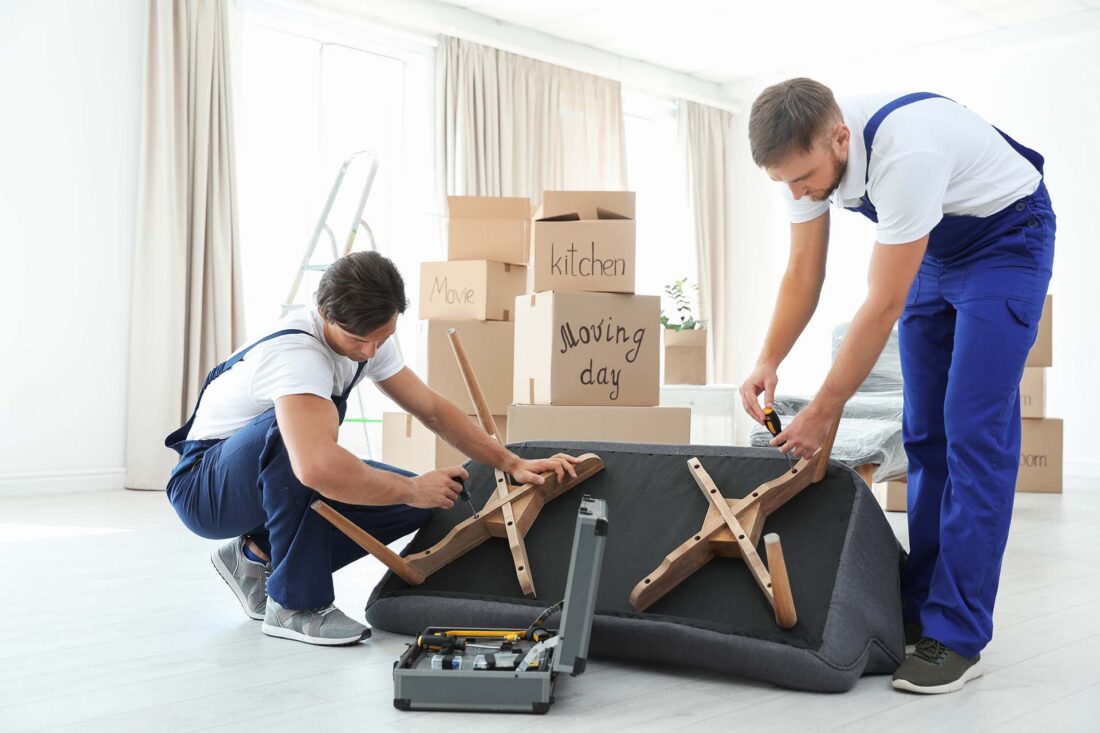

From the hustle and bustle of packing to the heavy foot traffic of movers, your floors are often bearing the brunt. Scratches, dents, and scuffs are a common occurrence, but it doesn’t have to be that way. Here’s how to protect floors when moving and get them the VIP treatment they deserve every step of the process.
How to Protect Floors When Moving
Protecting your flooring is paramount, especially when relocating across the world. You can utilize furniture sliders to prevent scratches on hardwood, as well as employ floor runners or adhesive films for comprehensive coverage. Most importantly, hiring a reputable company can be very beneficial for all types of surfaces, including even the most delicate ones.
Understanding the Risks to Floors When Moving Internationally
According to insights from the 2021 US Census Bureau Migration Report, household goods, electronic devices, and office equipment are the regulars of any relocation inventory. While these items make our living spaces comfortable and functional, mishandling them can pose a significant risk when moving abroad, particularly to the flooring.
Diverse Grounds, Unique Risks – Types of Floors and Their Vulnerabilities
Not all floors are created equal, and just like most things in life, each type has its own strengths and weaknesses. As a result, safe moving practices for floors can differ depending on what’s beneath your floor. For example, figuring out how to protect wood floors when moving is a completely different task than, let’s say, vinyl flooring. Let’s break down the playing field:
| Type of Material | The Effect |
|---|---|
| Hardwood | Susceptible to scratches, dents, and water damage |
| Carpet | Prone to tears and stains |
| Tile | Risk of cracks, chips, and grout damage |
| Laminate | Vulnerable to scratches, chips, and swelling from moisture |
| Vinyl | Can suffer from tears, cuts, and dents |
| Concrete | Susceptible to stains and surface damage from heavy impacts |
Scratches, Dents, Scuffs – Common Culprits of Floor Damage During Moves
The causes of floor damage during moves are as varied as the items we pack when relocating abroad. From the accidental drag of a furniture leg to the strategic yet failed attempt to lift a heavy box, floors bear the brunt of it all. Here are some common villains:
- Moving heavy furniture across surfaces,
- Dropping items during packing and unpacking,
- Improperly placed equipment and tools for relocating,
- Dirt and debris trapped under packing materials or footwear,
- Moisture exposure from spills or outdoor elements.
In navigating these hazards, professional movers and floor care come hand in hand. Companies such as Schmidt International Relocations have long been in the game, gathering plenty of experience with handling diverse household items. Professional packing services come with the right tools and strategies, ensuring that moving overseas doesn’t leave a mark on your flooring, literally. Just remember to ask the movers if there are any items they won’t move.
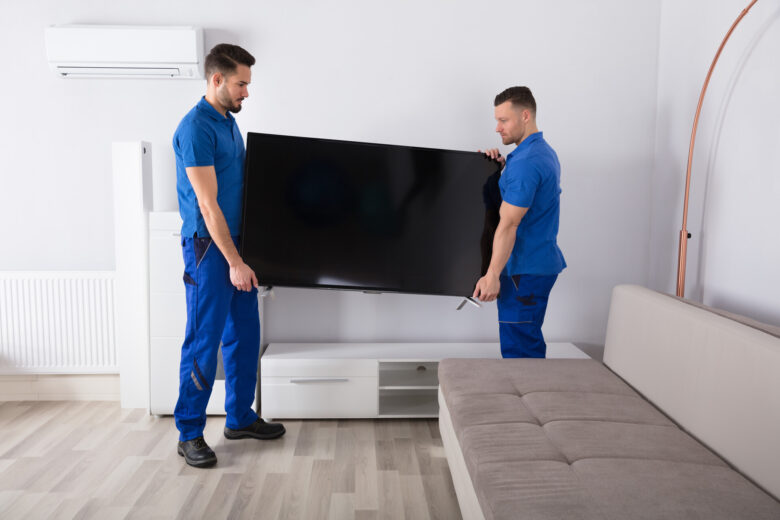
Stock up on Protective Materials and Equipment, or Let Your Movers Handle the Heavy Lifting
As more and more people make the leap and relocate abroad, the industry is stepping up its game with increasingly sophisticated equipment. It’s especially innovative in the realm of moving heavy furniture without scratching floors.
Gone are the days of hoping for the best as you slide your sofa across the room. Today, every reputable international moving company comes equipped with a toolkit designed specifically to safeguard your flooring from wear and tear when the time to move comes. In the pursuit of figuring out how to move appliances without scratching the floor, here’s the usual arsenal:
- Furniture sliders – these handy gadgets fit under the legs of your furniture, allowing heavy items to glide effortlessly without leaving a trace,
- Floor runners – roll out these durable protective coverings along high-traffic paths to shield your flooring from scuffs, spills, and stains,
- Protective pads – wrap these around furniture corners and edges to prevent nicks and scratches during bumps and shifts.
Experienced Professionals Offer Comprehensive Moving Floor Protection
On top of your standard international moving by sea service, there’s plenty you can add on, creating a more comprehensive package that will handle every aspect of your move, including packing and vehicle shipping. Just imagine not having to worry about rounding up these materials yourself or figuring out the best way to use them. Hiring movers with plenty of experience can truly be like getting a first-class ticket for your furniture – maximum protection and minimal relocation stress.
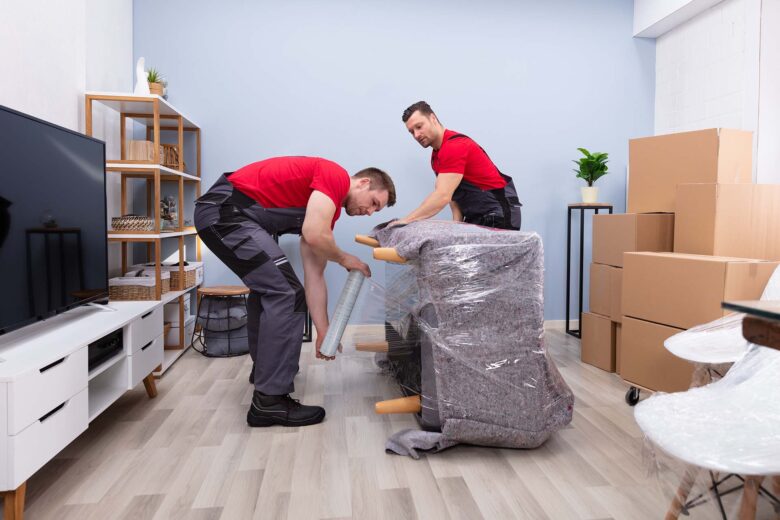
Here Are the Best Packing and Handling Techniques That Will Leave Your Flooring Spotless
In the thick of all this chaos, your flooring might be the last thing on your mind – until you see the aftermath. No matter if you’re relocating abroad alone to start a fresh chapter in your life or doing so for a job, the devil is in the details. It’s a task best left to the experts, whose efficient, floor-safe loading techniques are nothing short of wizardry. They know all of the golden rules and are not afraid to use them:
- Lift, don’t drag – whenever possible, lift furniture instead of dragging it across the floor to prevent scratches and scuffs,
- Use a dolly with rubber wheels – for super heavy items, a dolly can be a floor’s best friend, as long as it’s equipped with rubber wheels that are less likely to mark or damage the surface,
- Plan your route – before handling anything, plan your route from the room to the loading area.
Temporary Floor Coverings and Barriers Can Be of Great Help
Rolling out protective film, drop cloths, or flattened cardboard boxes can create a shield between your precious flooring and potential damage. These barriers not only protect against scratches and spills but also against the dirt and debris that come with foot traffic. Strategically placing them in high-traffic areas and along your predetermined routes can truly make a world of difference.
With a Determined Path, the Movers Can Start Loading Your Stuff
As you can gather by now, having a clear, determined path can streamline the whole ordeal and significantly reduce the risk of damage. This pre-planned route ensures that heavy items are carried over the shortest and safest distance, minimizing the chance of mishaps. It’s all about making each move count, all while ensuring that efficiency and safety go hand in hand.
Make Sure to Monitor What’s Happening on the Big Day
While it’s tempting to take a step back and let the professionals handle everything on the moving day, staying present and keeping an eye on the process can be invaluable. Monitoring the action gives you a front-row seat to the care and professionalism these experienced movers have, and, who knows, maybe you’ll even pick up a few relocation hacks along the way.
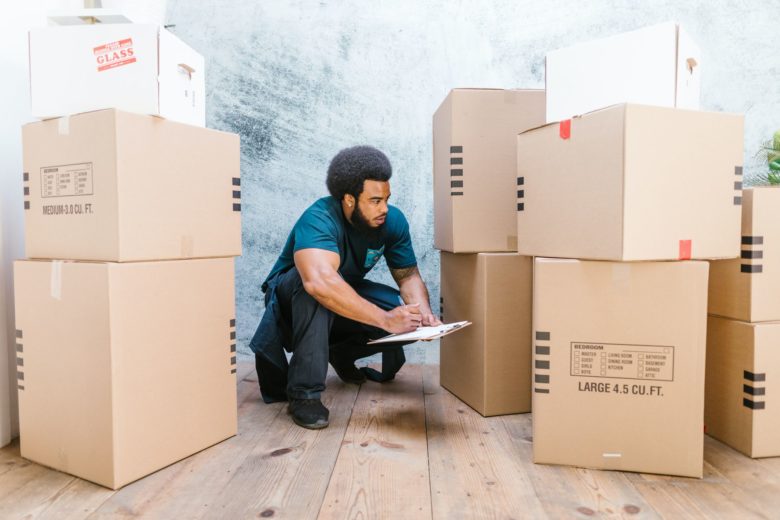
The Journey Is Not Over Once Your Belongings Reach Your New Abode
Crossing the threshold into your new home marks a new chapter, but it doesn’t signal the end of the journey. Just as your cherished possessions posed a risk to the floors they left behind, they carry the same potential for floor drama in your new space. It’s crucial, then, not to let your guard down upon arrival. Inspecting the floors in both your old and new abodes for any signs of wear or damage after the move is a key step. After all, just because the boxes are out of the truck doesn’t mean the risk is packed away.
Make Sure to Address Any Damages as Soon as Possible
Encountering minor damages post-move can be disheartening, but it’s not the end of the world – or your floor’s beauty. Addressing these issues promptly can prevent them from worsening and save you from more extensive repairs down the line.
For minor scratches on hardwood, for instance, repair kits or a bit of DIY buffing can work wonders. Carpet depressions often lift with a bit of ice and gentle fluffing, while tile and laminate marks might just need the right cleaner and a bit of elbow grease. If you’ve got a reliable partner by your side, these professionals will be committed to helping you resolve any of these post-move issues.
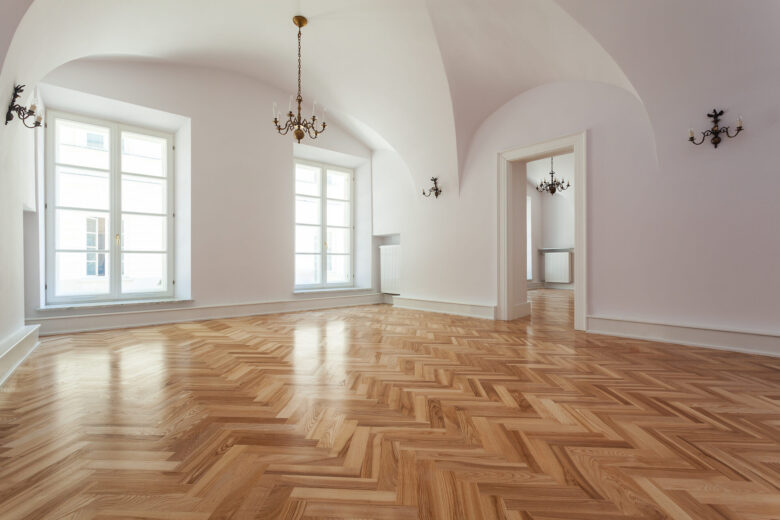
We Can Help You Leave the Flooring Unscathed for This Grand Adventure
Whether through the use of protective materials, employing expert handling techniques, or the vigilant inspection post-move, each measure plays a critical role in minimizing the aftermath this life-changing event can leave on your flooring. Remember, the surface beneath our feet carries the stories of our lives – safeguarding them during such significant transitions ensures that those stories continue without a hitch.
Are you ready to embark on your international move without the worry of damage weighing you down? Schmidt International Relocations is here to lift that burden. With our expert team, state-of-the-art equipment, and commitment to your home’s care, we ensure a seamless move from start to finish. Contact us today, and let’s handle every aspect with the utmost protection it deserves.
Frequently Asked Questions
How Do I Protect Hardwood Floors During the Move?
Use furniture sliders under heavy items to prevent scratches and lay down floor runners or protective adhesive film to shield the entire surface. These measures reduce friction and prevent damage as items are moved across the floor.
Can Professional Movers Ensure My Carpet Won't Be Damaged?
Professional movers use strategies like placing protective runners or carpet shields to prevent damage from heavy foot traffic and equipment. While absolute prevention of any wear is challenging, these methods significantly reduce the risk of stains, tears, or other damage to your carpet.
How Do You Protect Staircases and Corners During a Move?
To protect staircases and corners, movers typically use padded covers or foam cushioning. These materials are wrapped around banisters and secured on edges and corners to absorb impacts and prevent scuffs or scratches during the whole ordeal.
Can Your Company Provide Floor Protection for All Types of Flooring?
Most professional companies are equipped to provide floor protection for all types, including hardwood, carpet, tile, laminate, and vinyl. This is true for Schmidt International Relocations as well. We tailor our methods to suit the specific needs and vulnerabilities of each type, ensuring optimal protection during the whole process.

